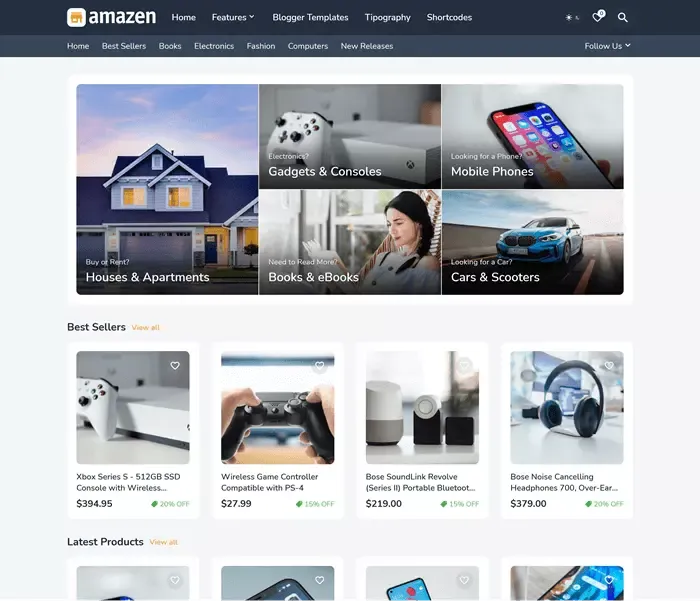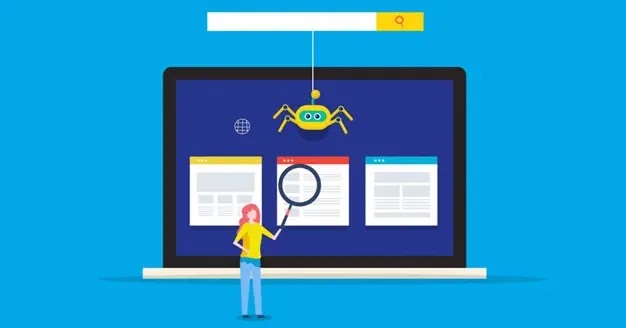What is Market Segmentation and how to implement it?
You have a great idea, created a product or service, and now the "only" thing that awaits you is to place that product or service on the market. Have you thought about who your customers are, where they are, what they do, how they behave, how they live, and what their needs and desires are?
Placing a product or service on the market is not the only thing waiting for you. The market is large and complex and requires research.
The worst-case scenario is that you enter many different markets, spend time and money, and do not see the result. It is impossible to sell a product or service to everyone. Everyone can't be your target group.
That is why it is necessary to research the market and find your place in it. The process itself consists of three parts. The process of segmenting the market must be done first, followed by the processes of targeting and positioning one or more selected segments.
We will get acquainted with the process of market segmentation in the
continuation of this text, while the processes of targeting, and positioning
will be treated in one of the following texts.
What is market segmentation?
Market segmentation is one of the fundamental marketing processes. It
involves perceiving a division in the market based on the unique needs,
characteristics, or behavior of the customer, and where these different groups
of customers require different marketing strategies.
The greatest
possible satisfaction of customer needs and desires and the increase in sales
and market share that goes along with, it is the goal of market
segmentation.
Market segmentation allows you to get to know your
customers, identify what is needed in your market segment, and determine how
best to meet those needs with your product or service.
Advantages of market segmentation
The importance of market segmentation is reflected in the fact that it
makes it easier to focus marketing efforts and resources on reaching the right
customers and achieving business goals.
Once you know your target
audience, you can determine the best solutions and ways to reach them.
1. Creating more compelling marketing messages
When you know the way of life, needs, and desires of a certain group, it
is easier to create strong, impressive messages for that target group.
2. Designing the most effective marketing strategy
The problem can arise if you choose the wrong marketing tactics to
apply. By conducting market segmentation, you also come up with a marketing
strategy that will attract your ideal customers.
3. Attract quality potential customers
When your marketing messages are clear, direct, and targeted, they
attract the right people. This way, you attract ideal customers, and you are
more likely to turn potential customers into customers.
4. Differentiate your brand from the competition
Knowing your target audience and precision in creating messages and how
to convey them also allows you to stand out from the competition. Instead of
merging with other brands, you can differentiate your brand by focusing on the
specific needs and characteristics of the customer.
5. Identifying niche markets
Within each market segment, there are smaller groups that have special
needs these groups are called market niches. Niche markets can be very
profitable, and in them, the competition is even less than in the market
segment.
Types of market segmentation
You can perform market segmentation in several ways. What you need to pay
attention to when segmenting is whether you are interested in the end market,
i.e. customers (B2C) or business market (B2B). Segmentation is carried out on
the basis of various factors and, in relation to them, can be:
Geographic segmentation
It implies the division of the market into different geographical units
such as region, state, province, city, and even neighborhood.
Demographic segmentation
Market division is based on variables such as age, gender, life cycle,
occupation, income, education, religion, ethnicity, and generation. While
these factors are useful in customer segmentation (B2C), if you want to
segment the business market (B2B) you will find more useful factors, such as
the size of the company, the industry in which it operates, and the functions
it performs.
Market segmentation based on these factors is the most
popular way to segment customers.
Psychographic segmentation
This type of segmentation divides customers based on social affiliation,
lifestyle, personal characteristics, and values. These factors are harder to
spot than geographical or demographic because they are quite subjective.
Therefore, people belonging to the same demographic group may have different
psychographic characteristics.
Behavioral segmentation
While previous types of segmentation focus on who the customer is,
behavioral segmentation deals with how the customer behaves. This way of
customer segmentation takes into account variables such as customer attitudes,
shopping habits, brand loyalty, how they use the product, and customer
status.
Rarely do marketers conduct market segmentation based on
one or more variables. Moreover, more variables are much more often used in
market segmentation to define the target groups of customers as precisely as
possible.
How can you implement market segmentation?
Now that you know what market segmentation is, what is the benefits of
implementing it are, and how market segmentation can be implemented, it’s time
to talk about how you can implement it.
1. Analyze existing customers
If you have existing customers, it is best to start market segmentation
from there by conducting an audience analysis. This analysis will help you get
to know your customers and their behavior, but it will also help you identify
trends that exist among your current customers.
Examine your
existing customers by asking them a variety of questions that will guide you
through all four types of market segmentation.
Examine employees
who are in contact with customers. They are constantly in communication with
customers and therefore are familiar with customer behavior and trends that
exist among customers.
Investigate where your customers come from
and what their interests are. With the help of various tools, you can find out
where the visitors of your site come from, what they are searching for, and
what their interests are. This can help you with geographical and
psychographic segmentation.
Analyze your company's website. Using
various tools, such as Google Analytics, you can get data related to all four
types of marketing segmentation. The number of site visits, the pages that
users visit, how long they stay on your site, and the way they get to your
site can help you find out how your customers are behaving.
2. Create a profile of your ideal customer
Now that you have analyzed your existing customers, you have a good
insight into who they are. But that doesn’t necessarily mean that they are
your ideal customers for the new product or service you want to market.
That
is why, in the next step, you need to create a profile of the ideal buyer
(buyer persona) of your new product or service.
A buyer persona is
a description of your ideal customer. It allows you to present the person your
brand is trying to attract. A person who represents the ideal customer of your
new product or service. Knowing who you want to work with will make it much
easier for you to find the right market segment opportunities.
3. Identify the opportunities in each of the selected market segments
When you have created the ideal customer, you are aware of your target
group, and who you want to attract, but that is not all. It is necessary to
research the observed market segments in which your ideal customer is located.
To see the chances in selected market segments, first ask yourself questions
such as:
- What problem does our product/service solve?
- What problems can we solve better than our competitors?
- What makes us stand out?
After that, look at the analysis of the audience and the profile of the
ideal customer and ask yourself the following questions that will reveal your
chances in certain market segments.
- What large segments stand out?
- What characteristics or qualities of the customer are most common?
- Which segments are not currently served?
- In which segments are your brand uniquely qualified to operate?
4. Explore potential segments
Once you have noticed the chances in certain market segments, it is
necessary to investigate whether they are potential before you place a product
and marketing campaign. This way, you also check if the market segmentation
you have done makes sense.
Segments must be:
Measurable -
their size, purchasing power, and profile can be determined.
Available -
can be effectively reached and served.
Big enough and profitable -
the segment should be neither too big nor too small.
Different -
they must be conceptually different and respond differently to different
elements of the marketing mix and marketing strategy.
Susceptible to action -
they can develop an effective marketing strategy to attract and serve the
target group.
What when you finish market segmentation?
The result of all these steps you will go through when you embark on
market segmentation is one or more segments that are most suitable and most
profitable for marketing your product or service. Segment or segments to which
all effort and resources, should be directed.
What follows after
market segmentation is the creation of other elements of the marketing mix
tailored to specific segments and their release on segments as a form of
testing. Test each of the elements of the marketing mix with the target group
for which it is intended.
When you have finished testing and
determined your target market start with a promotional campaign. As mentioned
earlier, now that you know who your target audience is, create marketing
messages specifically for them. Adapt to your target audience.
Once
you are done with market segmentation, targeting, positioning, and placing the
product in a particular market segment, the process does not end. The market
is a complex whole that changes from day to day and therefore requires
constant monitoring and measurement. Stay up to date with the happenings and
changes that are happening around you, adapt to them, and develop and use them
in the best possible way.








